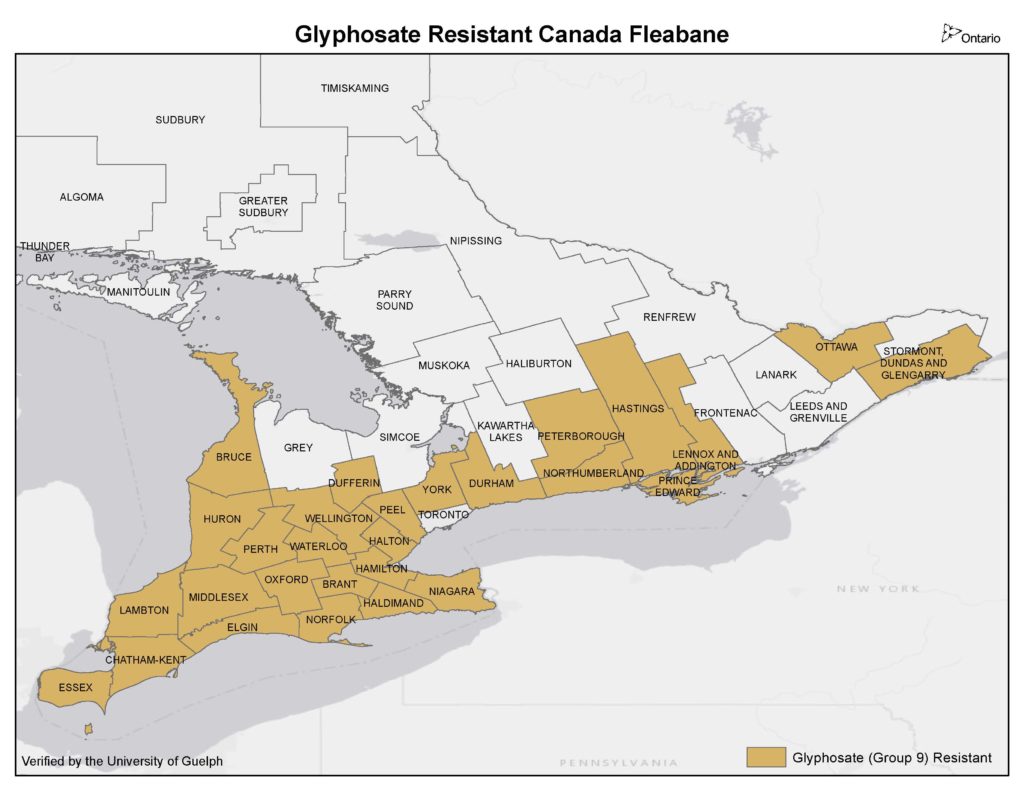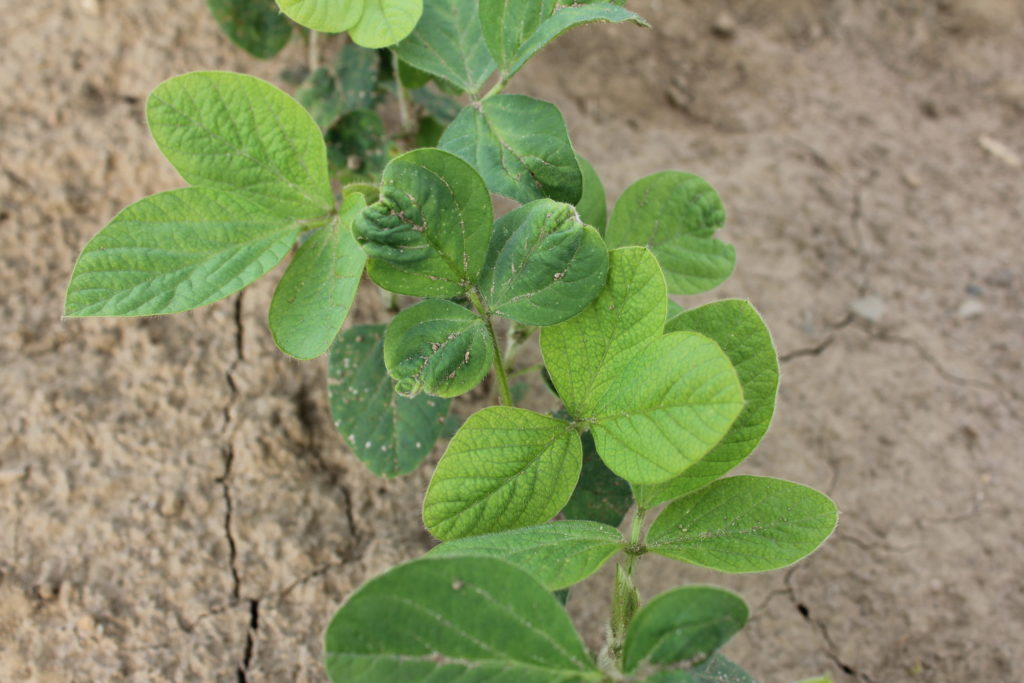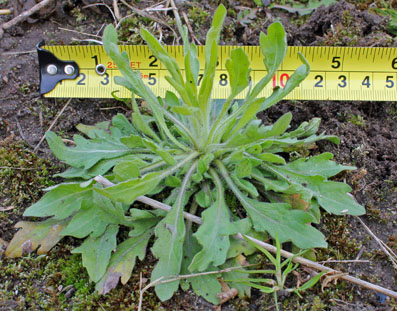Fall Weed Management Tips

Many farmers have witnessed the value in applying herbicides in the fall to perennial weeds, especially perennial sow-thistle and dandelion (Figure 1). Often they will see a reduction in their population the next year as well as a delay in their shoot emergence. This allows the planted crop to have a competitive advantage over those […]








